A design review of an oil and gas project is a comprehensive evaluation of the technical design and engineering of the project, aimed at identifying any potential issues or risks that could impact the safety, operability, reliability, and cost-effectiveness of the project.
The review is typically conducted by a team of technical experts, including design engineers, safety engineers, project managers, and other relevant stakeholders. The review can be conducted at various stages of the project, such as during the conceptual design phase, the detailed design phase, or prior to the construction phase.
During the review, the team will assess the project design documentation, including the engineering drawings, specifications, calculations, and other technical data. They will evaluate the design against applicable standards, regulations, and industry best practices, and identify any discrepancies, deviations, or gaps that need to be addressed.
Some of the key areas that may be reviewed include:
- Process design and flow diagrams
- Equipment selection and specifications
- Piping and instrumentation diagrams (P&IDs)
- Electrical and control system design
- Safety and environmental considerations
- Construction and installation requirements
- Project schedule and budget
The ultimate goal of a design review is to ensure that the oil and gas project design is technically sound, compliant with regulations and standards, and optimized for safety, operability, and cost-effectiveness. Any issues or concerns identified during the review should be addressed before the project proceeds to the next stage.
Significance of Design Review
There are several significant benefits of conducting design reviews for oil and gas projects, including:
- Identify and mitigate potential risks: Design reviews help identify potential risks and issues early in the project lifecycle, allowing for timely mitigation measures to be implemented. This helps to avoid costly rework, delays, and safety incidents later in the project.
- Ensure compliance with regulations and standards: Design reviews help ensure that the project design is compliant with applicable regulations, standards, and industry best practices, which is crucial for ensuring safe and environmentally responsible operations.
- Optimize project performance: Design reviews help identify opportunities for optimizing project performance, including reducing costs, improving efficiency, and enhancing operability and maintainability.
- Enhance project team collaboration: Design reviews facilitate collaboration and communication among the project team, including design engineers, safety engineers, project managers, and other stakeholders. This helps to ensure that everyone is aligned and working towards the same goals, which is essential for project success.
- Improve stakeholder confidence: Design reviews can improve stakeholder confidence in the project by demonstrating that the design has been thoroughly evaluated and is technically sound, compliant, and optimized for performance.
In summary, design reviews are a critical part of the project lifecycle for oil and gas projects, providing a comprehensive evaluation of the technical design and engineering of the project, identifying potential risks and issues, ensuring compliance with regulations and standards, optimizing project performance, enhancing collaboration, and improving stakeholder confidence.
Meaning of Design Review
Design review is a formal appraisal and evaluation process carried out to determine the suitability and adequacy of engineering design with respect to applicable codes and standards, constructability, operability, maintainability, local design conditions, inherently safer design, and cost efficiency. Design review is a key step in the detailed design stage of every oil and gas project. It is considered a key milestone for the design process.
The design review is planned and implemented after sufficient development of the design. The Design Review does not check the full technical detail of specific designs or processes. It only identifies shortfalls in the design or opportunities for improvements. It provides recommendations for possible action.
Purpose of Design Review Process
Design review in any project is a multipurpose activity. The main purposes to perform a design review during detail design are:
- To ensure that the design of the system is safe, achievable, constructible, operable, and maintainable.
- To provide a multi-discipline forum to evaluate if the design and development meet all required technical and project specifications.
- To identify any potential design problems and present proposals to address them.
- To ensure all disciplines are aligned and that required interfaces are in place.
- To maintain the design and technical integrity of the system.
- To establish the effectiveness of the design process.
- To review the design basis, equipment design and specifications, process hydraulics, design philosophies, Hazard situations, Shutdown philosophies, etc.
- To ensure that the design meets all interface requirements.
- To meet design optimization, risk, and cost requirements effectively.
Design Review Team
It is mandatory that the Design Review team is familiar with the project. In general, the maximum number of participants is limited to 12 members. The design review team for oil and gas projects usually comprises the following members:
- Process Engineer
- Control & Automation Engineer
- Operations Representative
- Technical Safety Engineer
- Discipline personnel with input into the design elements under review.
- An external consultant who can add value.
Design Review Process Steps
The Design Review Process is performed using the following steps:
Step 1- Planning: Identify and define Design Review needs and schedule with involved disciplines, agree on requirements, and plan resources. Nominate a design review leader from the design team
Step 2: Identify review deliverables, and required review composition, and arrange for the issue of appropriate review documentation
Step 3: Prepare and schedule a design review. Execute initial discipline review, register issues and concerns, and consider impacts. Maintain records
Step 4: Execute Design Review with full attendance of all concerned parties. Consider impacts and the potential need for a technical change proposal. Award actions and record review in Minutes of Meeting(s)
Step 5-Action Plan Development: Generate and prioritize design review actions. Review actions on completion and close-out. Track and report on all activities and actions.
Step 6- Follow-up and verification: Update and feedback on close-out with all concerned parties. Action close-out to be agreed upon with Project Lead
Step 7: Agreed stage design review. Cascade findings and review for potential change impacts, and improvements. Generate Design Review report and issue to report distribution.
Step 8- Close Out: Close out the design review activity, including all actions, agreeing to the satisfaction of the project authorities. Maintain all records.
In summary, the design review process for an oil and gas project involves planning, document review, analysis and evaluation, issue identification and reporting, action plan development, follow-up and verification, and close-out. The process is designed to ensure that the project design is technically sound, compliant with regulations and standards, and optimized for safety, operability, and cost-effectiveness.
Design Review Checklist
A typical checklist that provides a guideline for the Design Review Facilitator to ensure the complete facility scope is covered in the review process consists of the following:
- Design Basis data
- Equipment design specifics
- Pipeline Hydraulic data & slugging
- Process Control Narrative (PCN)
- Safeguarding Philosophy
- Isolation Philosophy
- Operating, startup philosophy
- Material selection / coating / insulation
- Flare & Relief Systems
- Drain Systems
- Corrosion monitoring
- Maintainability
- Tie-in philosophy
- Shutdown requirements and constructability in a phased manner.
- Requirement of an early tie-in package.
- Unit shutdowns
- Station shutdowns
- Emergency shutdowns
- Fire & Gas detection requirement
- Pipeline arrival/departure
- Optimal location of equipment and tie-ins
- Routing of main headers
- Constructability & accessibility
- Routing of roads & fencing
- Safety and required distance between equipment as per relevant specifications, guidelines, and as per Hazardous Area classification
- Location of escape gates.
- ALARP: The proposed design should demonstrate as low a risk as possible to personnel, assets, environment, and company reputation.
Design Review Information Pack
The following project documentation is deemed necessary for an effective design review.
- Process Design Basis
- Design philosophies, i.e., Process Control narrative, Control and Operating philosophy, Safeguarding philosophy, Tie-in and Shutdown Philosophy, Tagging Philosophy, etc.
- PFS & P&ID Drawings.
- Plot Plan.
- Design Review Infopack Checklist, i.e. DEM-1/DEM-2 and LFI Screening, etc.
- Closeout reports from previous reviews, including HAZOP, IPF as applicable
- The hydraulic and transient study reports as applicable.
- Simulation model reports.
- HAC
- C&E drawings
Design Review Report
The Design Review report is the record of the study, the attendance, and actions taken. The Design Review Facilitator is responsible for preparing the DR Report. However, He may delegate this activity to the Design Team. The DR Facilitator of the DR report includes sections about the quality of the study, Areas of potential weakness of the design or the study, major priority findings, including any further safety studies, and highlighting areas for unresolved issues for follow-up. Usually, The DR report consists of the following sections:
- Executive Summary
- The introduction part covering the Document Objective, Project Objective, Project Background, etc
- Design Review Workshop and Boundaries
- Design Review Team Details
- Findings from the Design Review Workshop
- List of Design Review Reference Documents
- Attachments like Attendance Sheets, Action Summary Sheets, P&ID Mark-up, Applicable Standards Lists, Facilitator’s Feedback Forms, etc
Design Review Closeout Report
Once the close-out of DR actions is complete, a DR close-out report shall be prepared. This shall provide a summary of the status of all of the actions, the tracking sheet showing the agreed action responses, and scans of the signed response. If actions are to be passed to the next phase of the design, the numbers of the actions, the action background, and reasons for passing the action to be next phase shall be documented. This shall also state what actions the Design Team of the next phase is supposed to perform. As part of the preparation of the DR action close-out report, the Design Team Process Engineer shall check that the action is fully incorporated into the design.

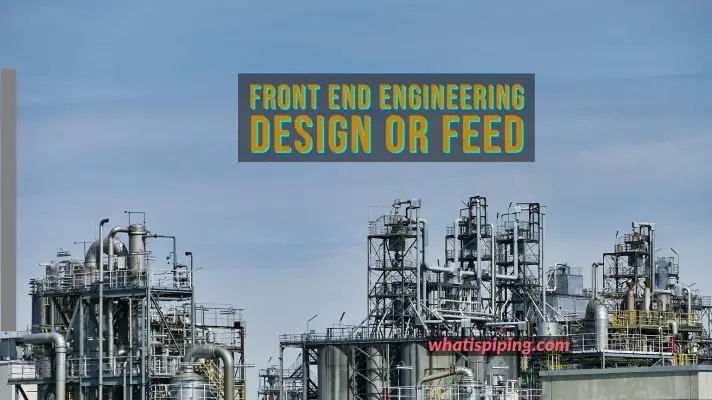
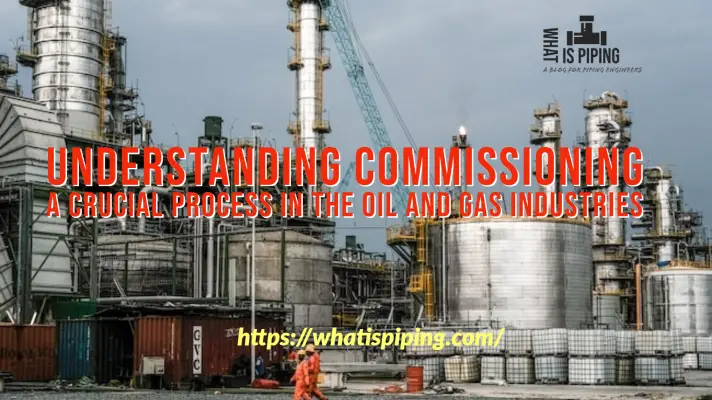
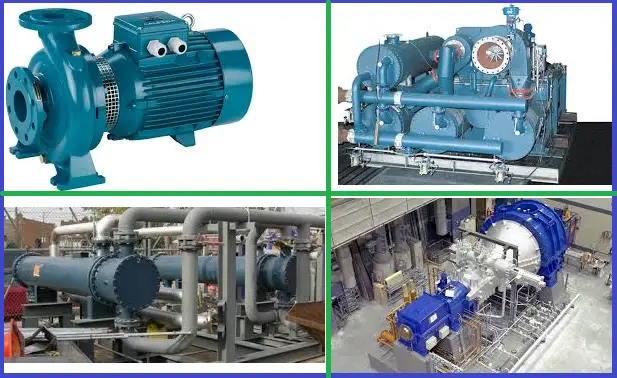
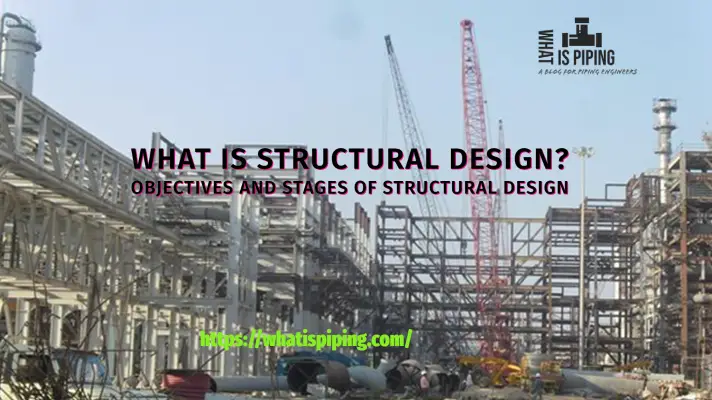
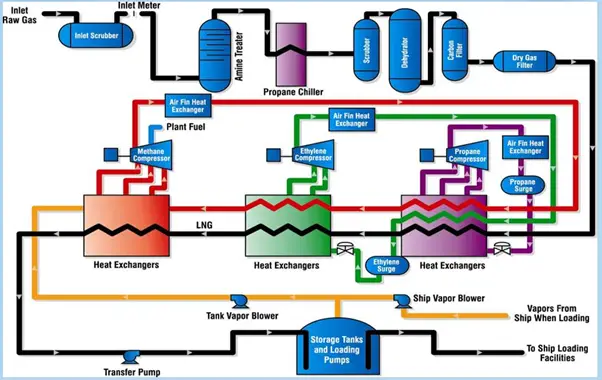
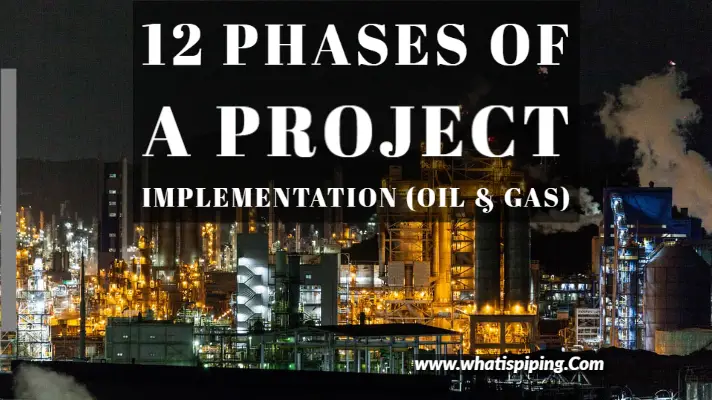
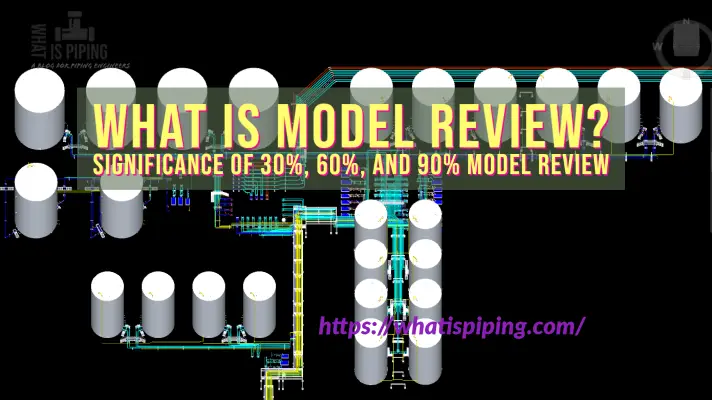
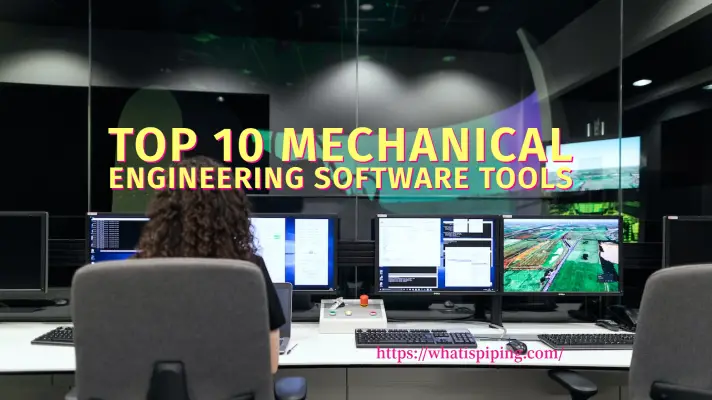
Wow! This is a very good summary of design review of oil and gas projects, much appreciated Eng. Anup.
Estimado ing. Anup estoy iniciandome en la revision y elaboración de ingenieria, sus publicaciones son de mucha ayuda, siga adelante, muchos éxitos en su labor.
A good summary on the topic design review which is rate to find in google search. It always find consumer products review only. This is a good one. Keep continuing.